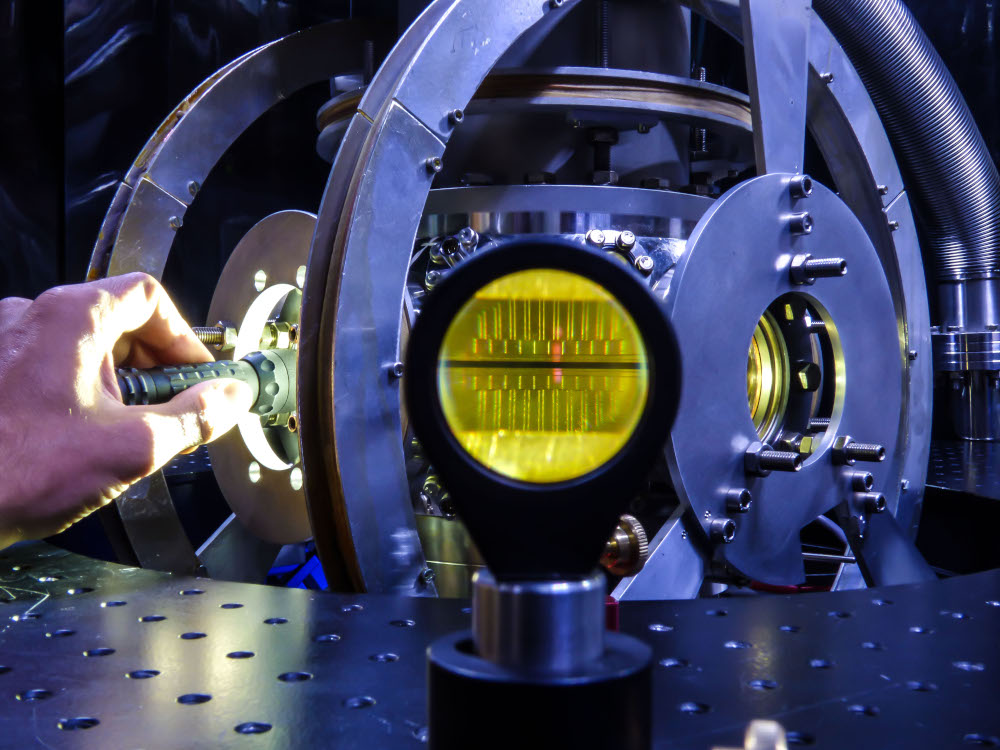
09 May The native language of quantum computers
While we are used to calculate with the digits zero to nine in everyday life, computers usually work with binary information consisting of zeros and ones. For example, the calculation 9 x 9 = 81 can be easily solved in the head, but a classical computer or calculator has to do this calculation in many individual steps.
Today’s quantum computers originate from this binary way of thinking. However, quantum systems, such as stored ions, have much more than just two states that can be used to process information. They also support quantum digits (qudits), as a team led by Martin Ringbauer of the Institute of Experimental Physics at the University of Innsbruck has shown. “The challenge with qudit-based quantum computers is to efficiently generate entanglement between the high-dimensional systems,” explains Pavel Hrmo, a participating scientist.
Computing like a quantum computer
The researchers at the University of Innsbruck say they have now developed a new method to maximally entangle two qudits, each with up to five states. This method gives both theoretical and experimental physicists a new tool to accelerate the development of nonbinary quantum computers.
Ringbauer explains, “Many of today’s most challenging problems, in fields as diverse as chemistry, physics, and optimization, can benefit from this more natural language of quantum computing.” To exploit this potential, it is crucial to generate entanglement of high-dimensional systems in an efficient and robust manner, as the scientists outline the next step towards this goal.
Original publication:
[Native qudit entanglement in a trapped ion quantum processor. Pavel Hrmo, Benjamin Wilhelm, Lukas Gerster, Martin W. van Mourik, Marcus Huber, Rainer Blatt, Philipp Schindler, Thomas Monz, Martin Ringbauer. Nature Communications 14, 2242 (2023) (Open Access) DOI: 10.1038/s41467-023-37375-2]
Source: www.uibk.ac.at
Image: Martin van Mourik






